Managing the Networks (Hotspots, WPA Enterprise and PPPoE Users) and Advertising
With an easy and intuitive interface, the administrator, the reseller, the manager and the advertiser, depending on which rights they have, can define the sales network, domains, registration and authentication methods, the Hotspot, WPA Enterprise and PPPoE gateways, users, transactions, advertising campaigns. They can create and print ” Vouchers” and “ Cards“, etc. and they can monitor, thanks to more specific dashboards with charts and numerical tiles, the balance and the trend of connections, traffic, users, sales, impressions, and click of the banners and/or videos, the CTR, etc.
The key features of HSNM are the following:
- Multi-level logs in to the system with several levels: administrator, reseller, manager, advertiser;
- Multi-tenant system with the possibility to define roles and permissions for users who log in to the administrations area (Back-end); Centralised management through web interface of reseller, managers, Hotspot, WPA Enterprise and PPPoE gateways, users, purchases, advertisers, advertising campaigns;
- Administrative management for selling services to resellers, managers and users (available from HSNM level 2);
- Definition of products with their selling prices, purchasable directly by the user using different payment method;
- Management of domains in order to share user access methods even on more Hotspot, WPA Enterprise and PPPoE gateways;
- User registration according to different authentication methods, also with sending/receiving SMS;
- User accounting by associating a product at pleasure, with any limitations of time and daily, monthly and total traffic;
- Generation of “ Cards” and prepaid “ Voucher“;
- Map with geo-positioning of Hotspot, WPA Enterprise and PPPoE gateways;
- Automatic generation of a script for configuring Hotspot, WPA Enterprise and PPPoE gateways based on MikroTik RouterOS;
- Creation of “ Advertising Campaigns“;
- Graphic display/analysis of data for traffic, time, sales reseller, manager and user;
- Graphic display/analysis of data of the managers or advertisers, Ad campaigns with sales, impressions, clicks and CTR (Click-Through Rate) with general groupings by reseller, manager, advertiser and specific campaign;
- Creation of custom apps that integrate into the Welcome Portal, engaging the users, supplying with contents, promoting products, displaying promotions, etc.;
- Traceability of user traffic through integrated “ Syslog“;
- Automatic update of the appliance software through a live update.
With templates, it is possible to parameterise and customise the graphical interface for users, allowing, but not only, to:
- Diversify the graphic aspect displayed to customers even according to individual needs of the managers;
- Insert logo and welcome text.
- Display “the Intro” that can contain static or dynamic images of background, pre-uploaded or derived even from social networks like Flickr or based on the HGW location, too. It can contain dynamic background with video and advertising.
Using the functionalities of the Advertising module, you can increase the potentiality of the gateway, giving value and monetizing the connectivity you offer.
Therefore, the gateways can enrich with contents in view of a Wi-Fi monetization, they become a platform for advertising campaigns allowing you to earn money, visibility, promote brands and products, informing users about promotions and much more.
As to summarise some of its main features, Advertising module allows to:
- Manage multi-level advertising with resellers, managers and/or advertisers. Each subject gets real-time reports, so can evaluate and calibrate the campaign to tailor the needs;
- Display Ad banner and video at the moment the users log in to the portal;
- Promote brands;
- Create ads to promote the visit of websites;
- Create social marketing;
- Create transversal geo-localised campaigns based on the distance from the HGWs;
- Create specific campaigns for time period, domain, categories and individual HGW;
- Define daily and total budgets for each campaign;
- Define the cost of clicks and impressions;
- Define the display priority;
- View campaign statistics in real time for impressions, clicks and CTR in order to measure the effectiveness and the success of advertising campaigns.
